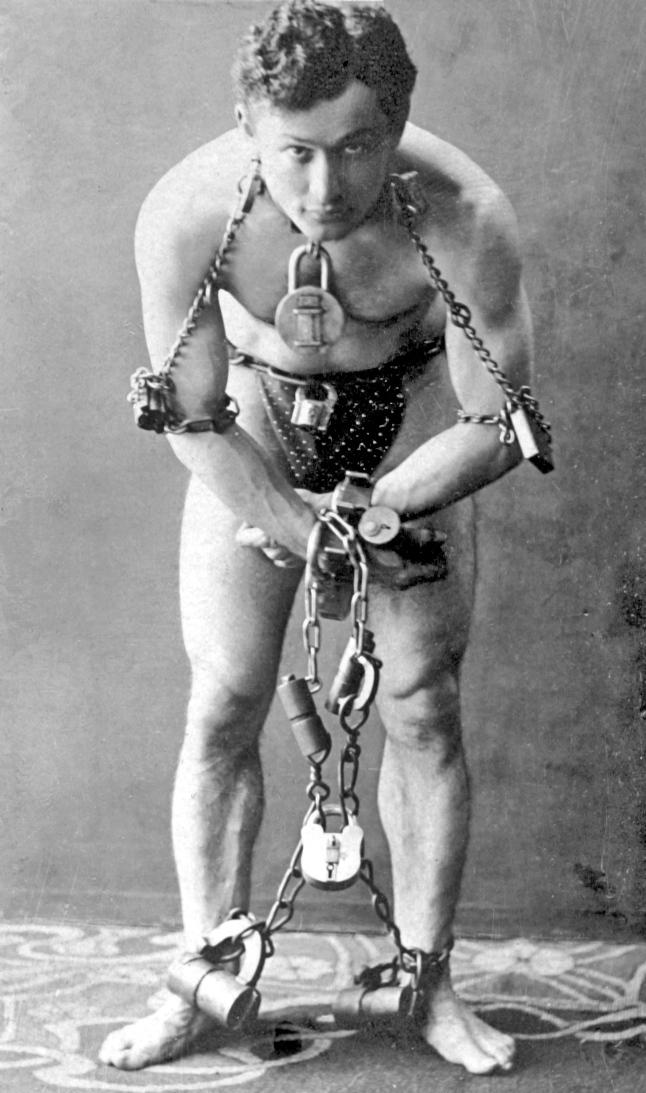The history of locks is fascinating and mesmerizing even, although one would not imagine it to be so at the onset. While we have a wide array of mechanical lock options like pin tumbler lock, wafer tumbler and lever tumbler locks etc. as well as electronic locks keys conveniently at our disposal today, locks in the olden days consisted of simpler mechanisms which were undoubtedly ingenious.
Use of Natural Means to Protect Valuables
The kings in ancient India used to dig out moats in front of their castles and fill these with water. Crocodiles were introduced to the moats and valuable objects were filled in wooden trunks which were then submerged in the moats. The crocodiles were supposedly kept hungry so that anyone attempting to steal the values had to inevitably cross the moat and preyed down by hungry crocodiles. As a result, the robbers began introducing foreign substances into the water to drug the crocodiles. However, the need for developing effective locking mechanisms was visible here.
Egyptian Locking Devices
The earliest known lock, discovered in excavation sites in Nineveh, was an Egyptian lock model that consisted of 3 simple elements – a bolt, a door fixture, and the key. Slots or holes were cleverly marked and carved out in outer surface of the door fixture, and pegs were fixed within the bolt such that they could move in a restricted manner. Pulling the wooden pegs facilitated the movement of pins within the holes in the bolt, causing the door to open.
Locks as A Status Symbol
Locks have been considered as a symbol of status as well. Wealthy people in ancient Rome were known to keep their valuables like coins and jewelry locked up in a wooden chest with a lock, and wear the key in a chain on their wrists. This practice kept the key handy and secure, also signifying a heightened status to the patricians, since it gave the impression that the wearer clearly possessed assets worth securing.
Warded Locks
The warded lock made its appearance between the years 870 and 900, designed by English craftsmen. This lock employed a set of obstructions – known as wards – to prevent it from opening, until the key is inserted. Slots were marked on the key corresponding to the obstructions made inside the lock, allowing the key to rotate inside the lock freely.
Modern Locks
The advent of Industrial Revolution gave rise to design of modern locks that we see today, manufactured using precision engineering, rendering locks greater design sophistication and complexity. In 1778, Englishman Robert Barron invented the Lever Tumbler Lock, the simple yet ingenuous design of which enabled it to remain in prevalence to this date. Equipped with a slot cleverly cut in, this double-acting lever lock requires the user to lift the lever to a certain height to enable locking and unlocking.
Electronic Locks
The era of globalization marked the arrival of a new category of electronic locks which work using electronic current and an access control system. An inbuilt motor operates the bolt within the door that can shut or open the door using an actuator. Keycard Locks, Sidebar Locks and Smart Locks are some of the commonly used electronic locks.
The evolution of locks has come a long way indeed, from the use of ropes to tie and protect valuables with simple knots in hey days, to installation of electronic locks that enable keyless entry using smart phones in the 21st century!



